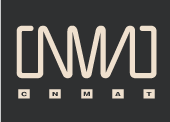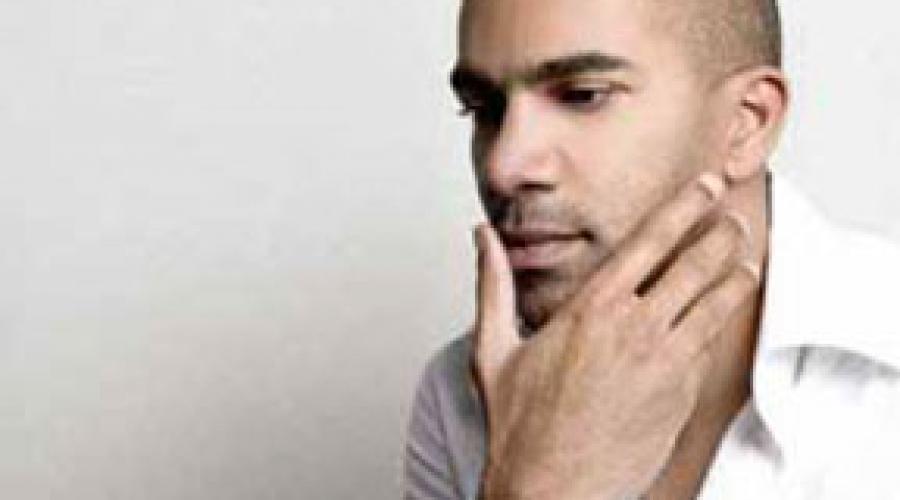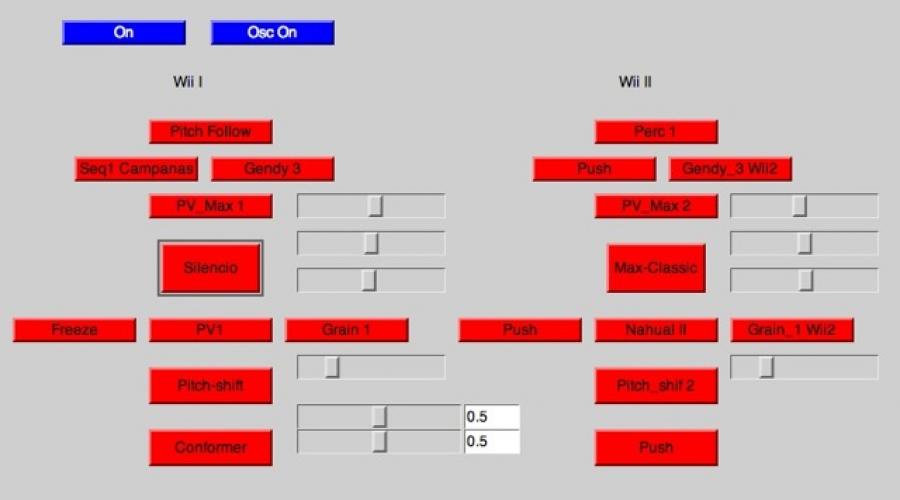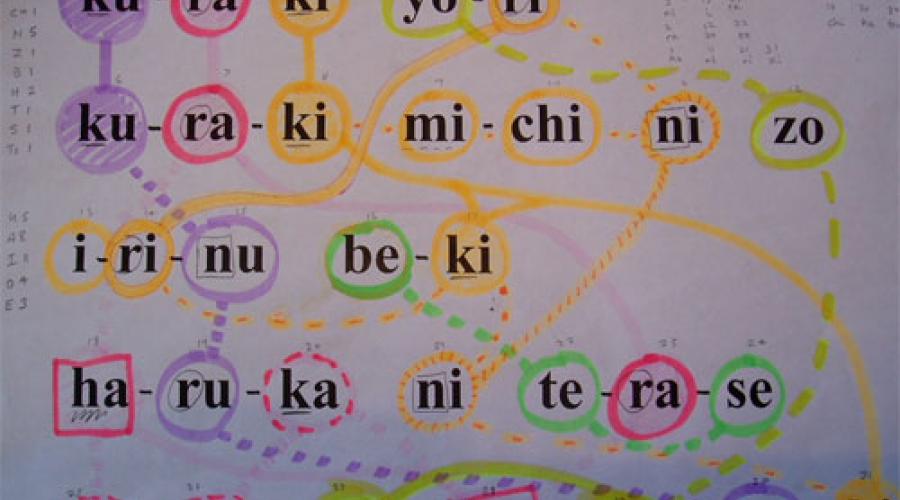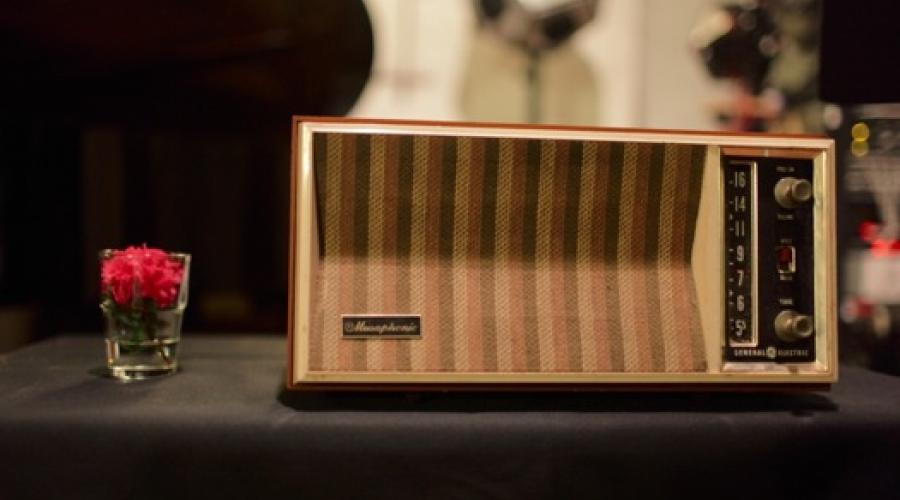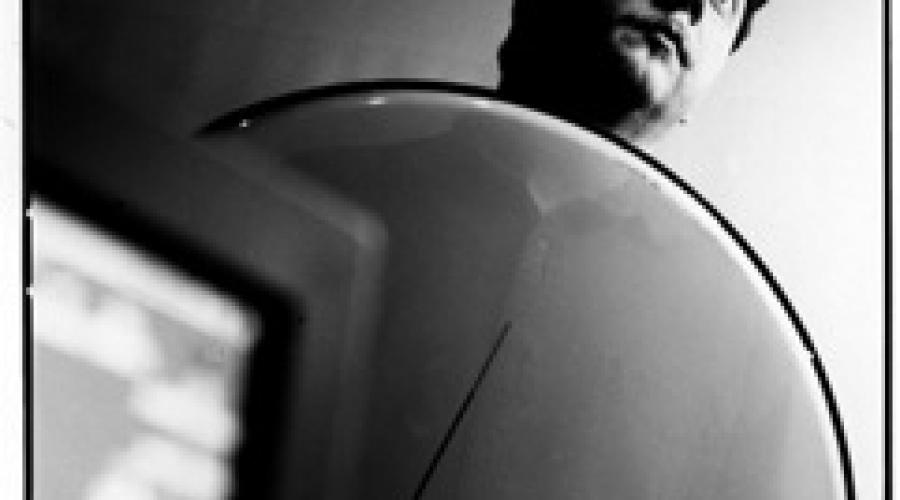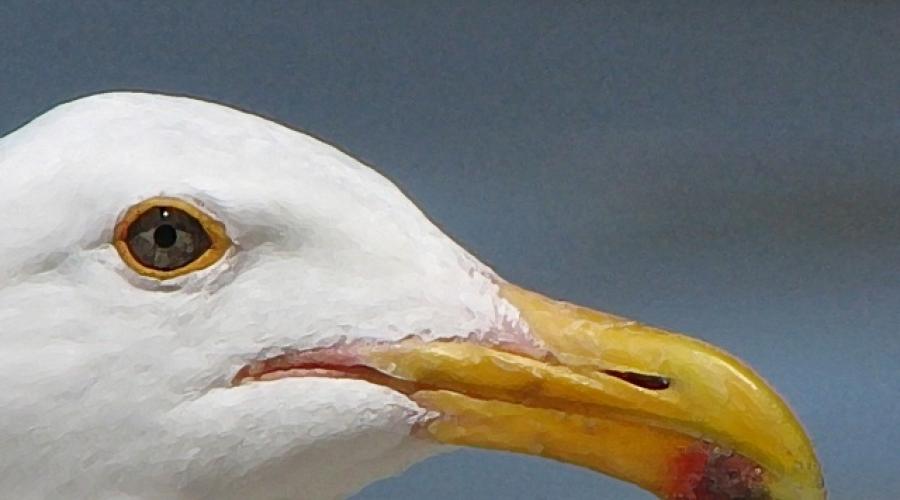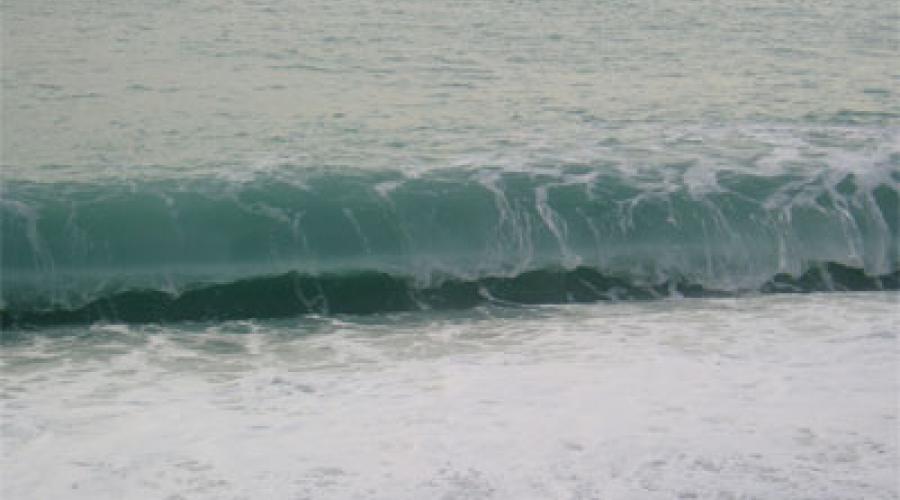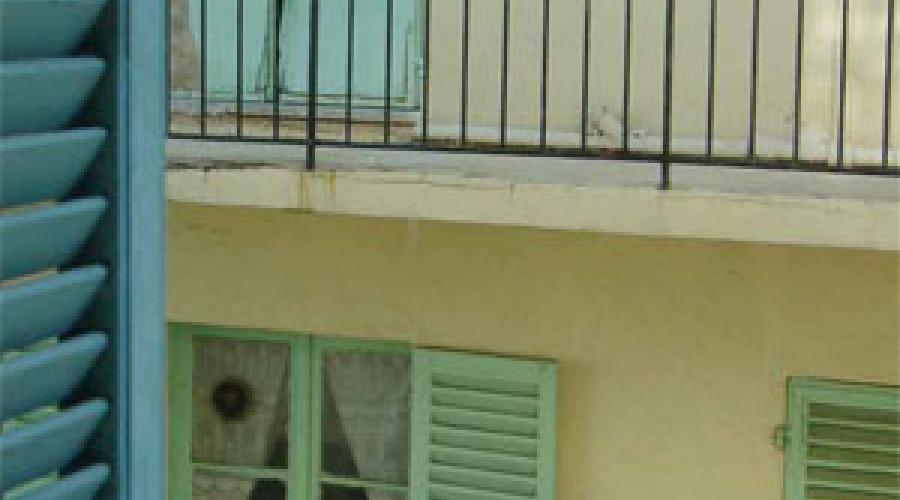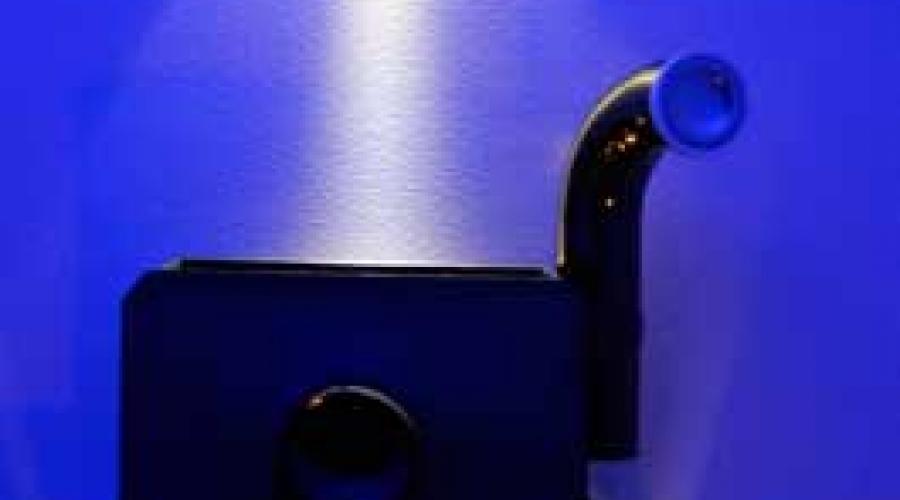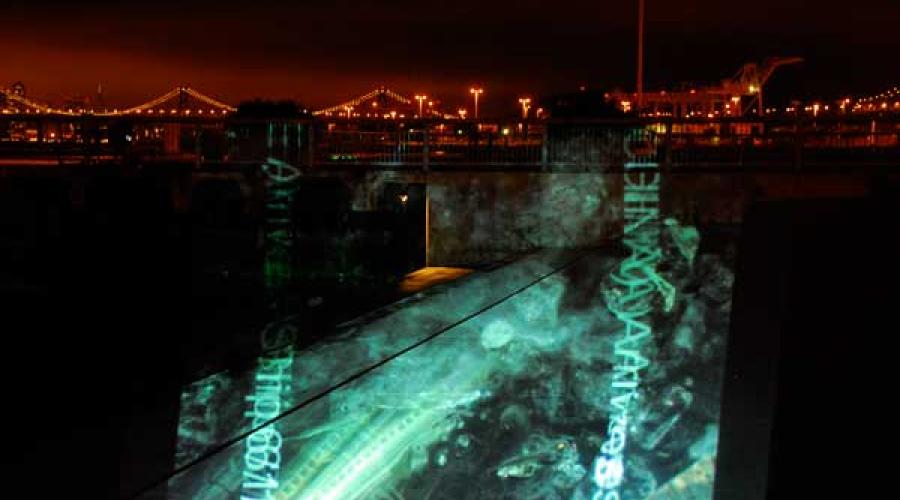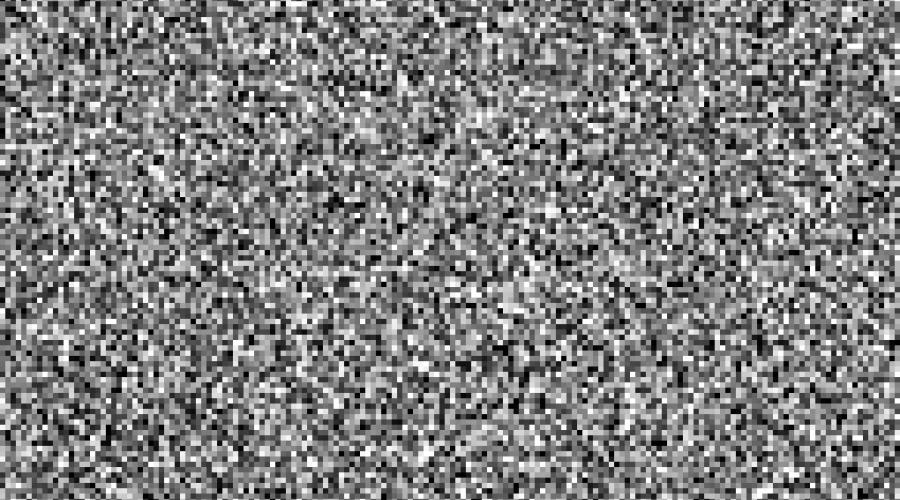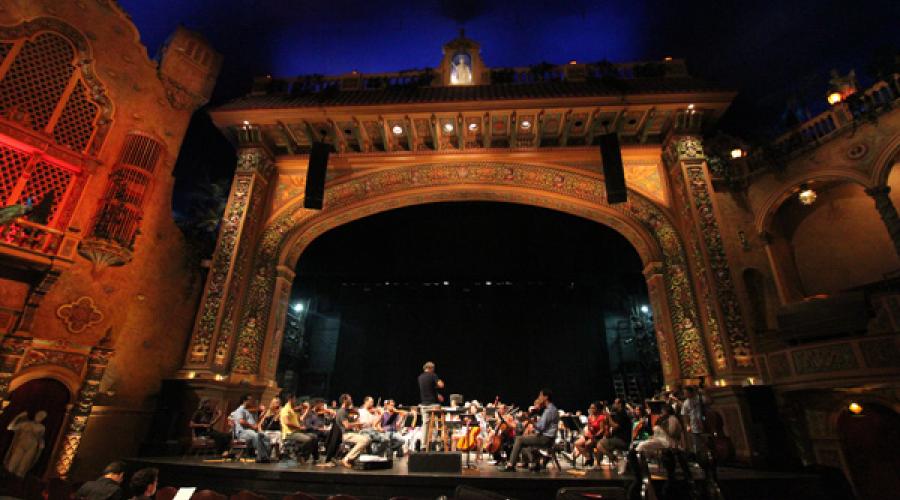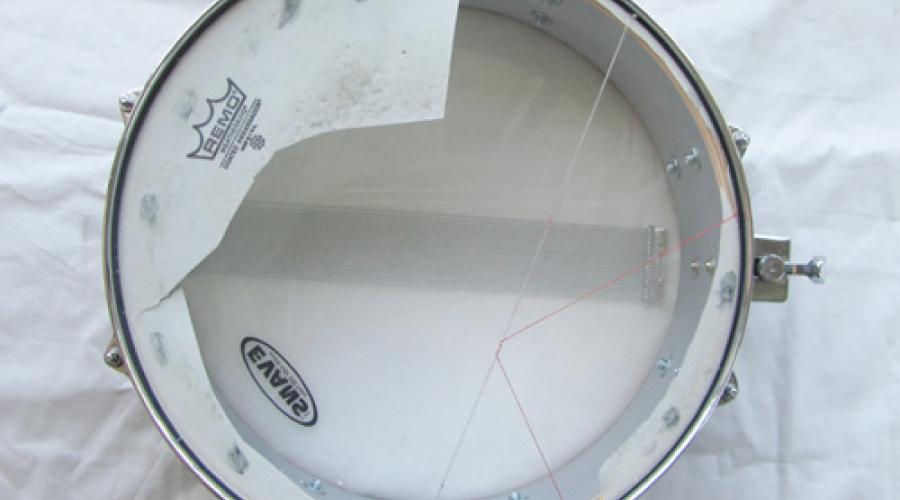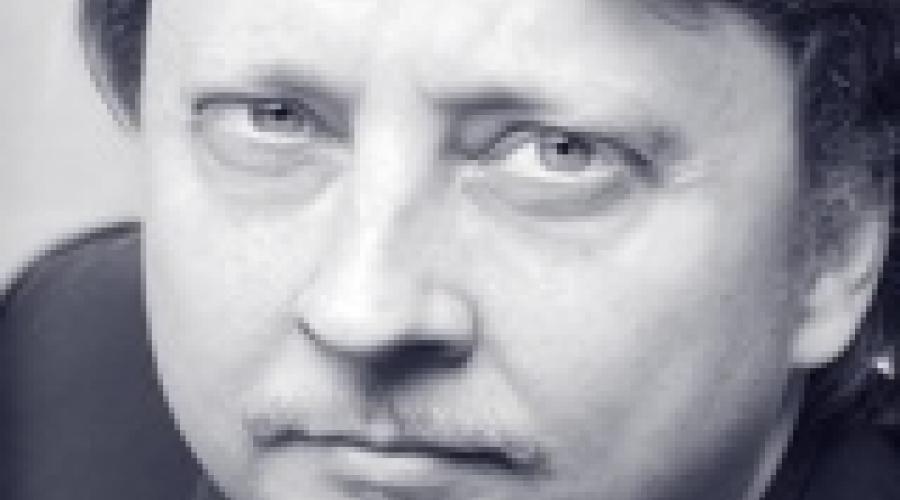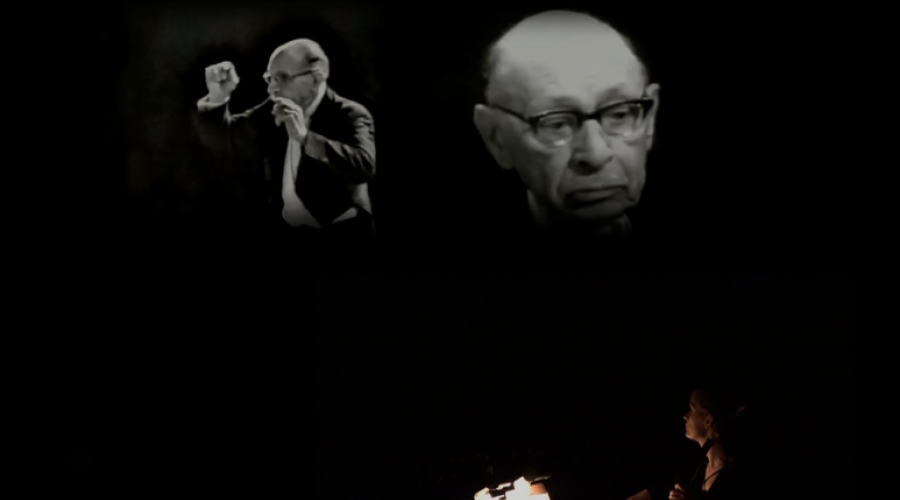
Archive
CNMAT Flashback
A look back at some items in our archives.
Frank Gratkowski, Chris Brown, Willy Winant, and David Wessel
Wilhem Latchoumia, piano
Archive Browser
Nils Video Work
Video Installation work
“Wie schwerer Honig aus den hohlen Waben”, a piece dealing with time, mixing footage at various playback speeds.
Nils Improvisations
"Free" Improvised music
One of the great benefits and pleasures of my time at CNMAT was the opportunity to continue to play with a variety of guest free improvisers.
I define "free" in this case as scoreless and without any discussing prior on what we intend to play .
Here are some examples: Headphones please my friends:
with Frank Gratkowski and David Wessel (2006)
Test checkout
Roberto Morales Flute Environment
For many years, Composer Roberto Morales (UC Music Department, PhD 2005), has worked on, refined, and regularly rebuilt his live environment for flute and interactive electronics.
The Arbitrariness of Language for solo piano
The Arbitrariness of Language for solo piano
(duration ca 8’00)
This piece is my second work to be based on a particular poem by the Medieval Japanese poet Izumi Shikibu. A phonetic rendering of this poem in the Roman alphabet reads:
kuraki yori
kuraki michi ni zo
irinu beki
haruka ni terase
yama no ha no tsuki
translating* roughly as;
A Note on Triumph
Program Note:
gobble
Outside Music
(The text that follows is adapted from a text by Beth E. Levy. The full text can be found in the liner notes of the Edmund Campion/SFCMP Outside Music CD, Albany Records Troy 1037)
The Shape of the Shell
vagues / fenêtres
This piece reflects my interest in the intersection between natural and musical structures, and the nuances revealed by close listening. It also, I think, bears traces of the many hours I spent wandering with camera and recording devices through the old town and along the promenade in Nice, absorbing color, shape, movement, reflection.
Submarine Installation - CCRMA
A contact mic amplifies drips from a sink. An old piece of piping strapped to the railing emits the sounds of voices. Operating the towel dispenser causes a flurry of water sounds from the metal box attached. This installation explores the experience of being underwater in a confined space, through memories, stories and sounds.
Submarine / Short Films About Water
This multi-channel video and acoustic installation/immersive environment, created collaboratively by Evelyn Ficarra and Ian Winters, exists at an intersection between Ficarra's long standing obsession with the submarine world and several time-lapse films about water by Winters shot at noted sea-faring locations around the globe.
for bass
For Bass (2008-9)
(control)
(control)
As the title suggests, (control) deals with differing degrees of control – exertion of control and release of control – “applied” to both performer and listener. The performers are asked to read a very specific score and simultaneously improvise with varying degrees of liberty.
La Luz y Su Desvío
Commissioned and Performed by The Miami Symphony Orchestra
Premiered as part of the 2009 edition of Festival Miami (University of Miami)
Conductor: Eduardo Marturet
Move, tongue
Move, tongue is an attempt to create a non-linear space in sound, where the order of events is not important but rather the experience and perception of their coexistence. In my mind this is analogous to the act of being in a physical space (say a room or a park) and after perceiving it with whatever degree of detail, one arrives at an internal conception — a modeling — of the space.
Mercedes
Version History:
Metronome
1999 Max/MSP sound installation for the Metronome project of Andrew Ginzel and Kristen Jones. Union Square, NYC.
Archive[s]
Program Note:
The conductor raises his arm to cue the entrance of yet another majestic Russian
tune. The French horn prepares for its solo – The solo. It’s the finale of the Firebird.
In the absence of sound, a conductor’s gesture may be perceived as performative, bordering on absurd. It was Stravinsky’s
